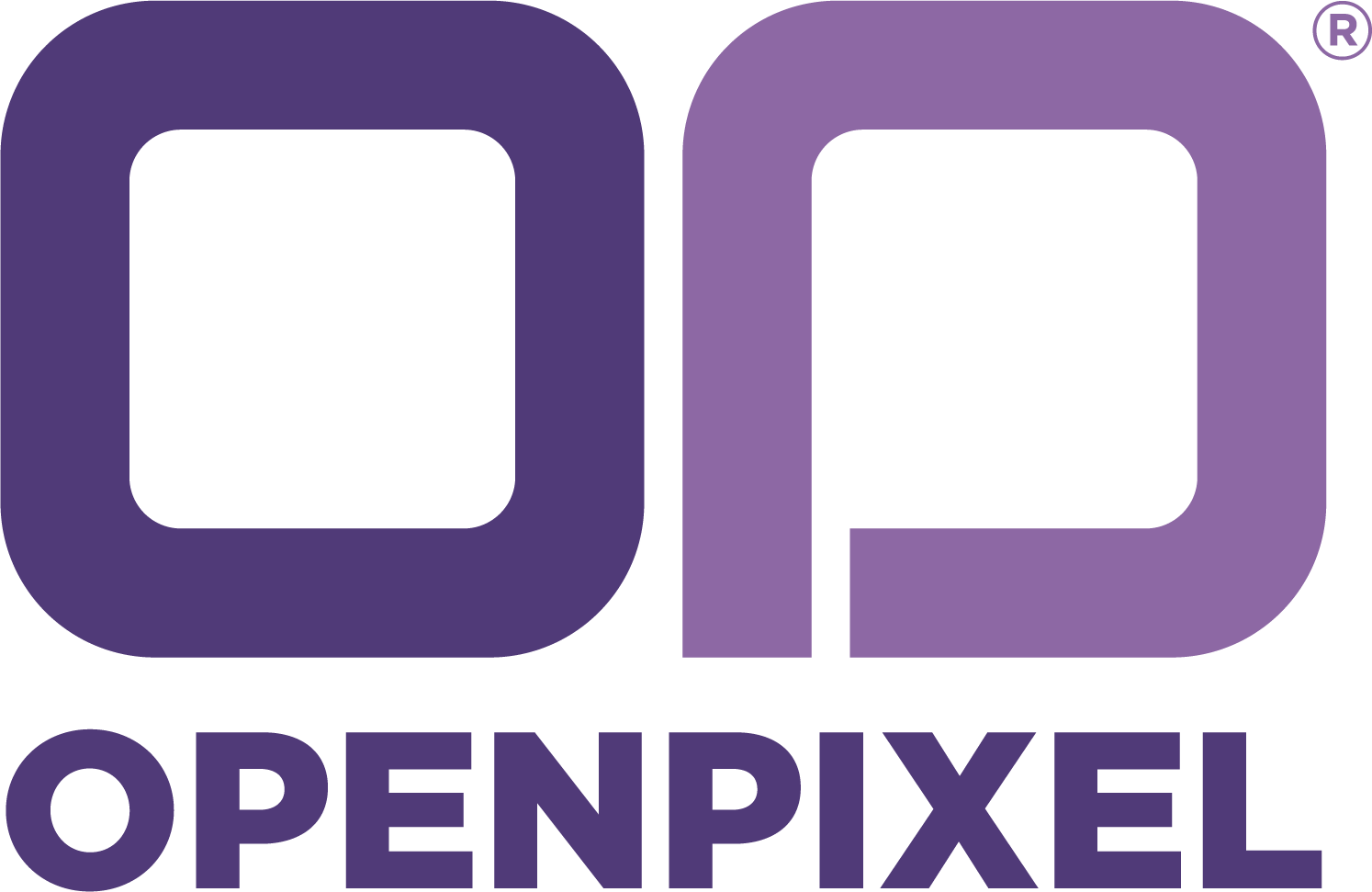A New Approach To Vision Statements
When businesses have been asked to create a Vision Statement, they are usually told to follow certain criteria for doing so:
They have to be bold, daring and aim for the longterm
They have to share the purpose of their business’s existence
They must spark motivation within your company
At the end of a few meetings, hopefully, your business comes out with a statement filled with positive buzz words, impact, and meaning. While none of these standards are bad, a challenge comes when bringing this kind of vision statement into reality, especially when you’re at the early stages of your business. How can your vision statement, which is set with goals to be solved in the future, allow for realistic goals to be reached today?
When Open Pixel sat down for our first vision meeting, we followed these same formulas, trying to come up with what our values were, and thinking so far ahead that when we looked back we had no clue how we were going to start. Thankfully, our awesome and creative co-founder, Karen Webb, proposed a new approach:
“What if we based our vision statement on Maslow’s Hierarchy of Needs?”
Maslow’s Hierarchy provides the fundamentals of creating a vision statement through stages while eliminating the factor of time. Even Stage One could take years to complete; and when you’re starting a business and building its structure, years can feel like decades. So in order to see the big picture while still envisioning goals for the short term, it made sense to try this new approach.
Keep in mind, you can re-name the stages to suit your business. For example, stage one for our team is called Basic Needs and encompasses a mixture of Maslow’s Psychological and Safety Needs. Stage two is called Small Expansion and focuses on hiring a small team to help prepare for growth.
As a result of this process, we created 5 Internal Vision Statements, one for each stage of Maslow’s Hierarchy.
The reason the statements are internal was that they were not bound by the need to solely create one short sentence. As an example, here is the internal vision statement for our First Stage:
This statement is a culmination of our three co-founders very different ideas, now being merged into one cohesive thought. In order to get to this result, we utilized a great formula for creating a vision statement, as seen in this blog:
https://www.executestrategy.net/blog/write-good-vision-statement
The added piece of doing vision statements for each stage provided some serious clarity for us on something that once felt all over the place. We are aware that over time, our visions may change, but now it may only affect a particular stage, as opposed to our entire long-term vision.
This approach mixes emotional regard and logical thinking together, to fuel a strategy that will be focused on the future while staying true to the realities and challenges we face today. From here, we can now create a great, single-sentence statement that provides our audience with a clearer understanding of our purpose, impact, and positive forward-thinking for the current time.
Give it a try, and let us know how it works for you! We’ve already had great responses so far:
“This vision statement process helped me see where I am and what the in-between stages might look like. I now have a clearer path forward and a clear definition of when Castle Nitor will reach the next stage. …Looking at the themes in each stage allowed me to see the core ideas and make the vision statement for Castle Nitor reflect the Why of the whole business. The process is excellent for helping you see both the up-close perspective and the bird's eye view of what drives your business.” - Allison Pettengill, Founder of Castle Nitor Check out her stages in her blog!
At Open Pixel, we’re proud to be open to new ideas and approaches. If you have an idea for an animation you’d like to create, give us a call and we’ll be ready to support your vision!
Blog written by Kathryn Taccone
Edited by Will Colón
Graphics & Animation by Robin White




